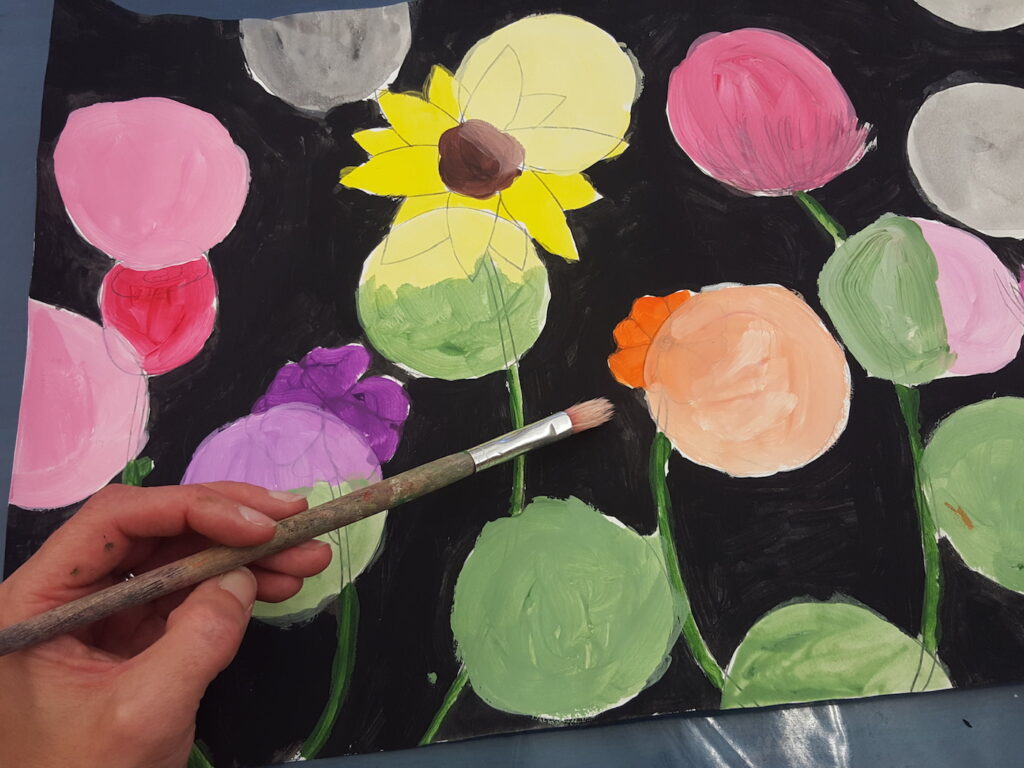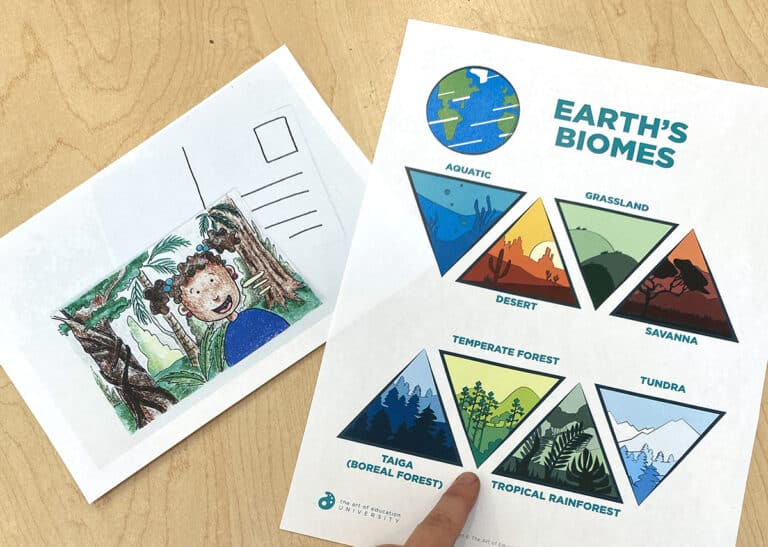Over my many years in the classroom, I have taught in a wide range of different schools. Some have been homogeneous in culture, and others very diverse. I have learned that a diverse school is a wonderful place for students to learn and grow.
Diverse student populations infuse schools with a wonderful range of life experiences. Cultural variety provides all students with the opportunity to learn about ways of life that differ from their own. In a multicultural environment, students learn to be more culturally aware. This is a skill that is important in our increasingly global world.
With the obvious benefits of a diverse school come some challenges as well. Teachers sometimes struggle to create a classroom that is culturally sensitive and responsive to the needs of their students.
Here are 5 ways you can create a culturally sensitive classroom for your students.

1. Get to know all your students as individuals.
I know that as good teachers, we all invest the time and effort to get to know our students. Relationships are the bedrock of good teaching in any classroom. This becomes even more important when teaching in a culturally diverse school.
Students have unique skills and experiences that can enrich your classroom culture. Take the time to understand what students value as well as their strengths and needs. Engage in conversations, give student surveys or ask questions on exit slips. Learn about hobbies and interests you can tap into when planning your lessons. It is important to make a strong effort to understand each student as a unique and complex individual, beyond his or her cultural identity. This will help you to create engaging lessons that can bridge cultural barriers.
2. Make sure your curriculum is culturally varied and relevant.
It is so common for art teachers to fall into the habit of focusing exclusively on western artists. Although Picasso, Van Gogh, Monet, Degas, and Rembrandt are wonderful artists, they are not the only group of artists students should be exposed to in art class.
After you have taken the time to get to know your students, it will be much easier to craft projects that connect to their identities and unique personal interests. With deep knowledge about your students, you will be able to present them with culturally relevant, engaging lessons.
For example, I had a student many years ago who’s family had emigrated from Afghanistan. When I taught my lesson about Mehndi designs that year, she was excited to see something from her home culture represented in my class. I will never forget her smile when she came to me after class to share her enthusiasm for the lesson. She felt so much more connected to the rest of the students after that experience. The rest of the class was able to understand her culture better as well.
In addition to providing your students with a range of experiences, make sure you do not pigeonhole the study of African American art to February, or Hispanic art to September. If you are committed to diversity and relevance, these lessons will naturally be spread to other times of the year when they are most meaningful.
3. Be aware of your own cultural biases.
As teachers, we set the tone for our classroom. We are responsible for defining what is embraced and encouraged. This is a big job and one that requires we be aware of any biases we may carry into our art rooms.
Ask yourself where you feel you need to grow in terms of your cultural sensitivity. Although this type of reflection is often uncomfortable, it is so important. Just as we expect our students to be open to discomfort as they learn, we as teachers need to do the same. Reflect openly and honestly, and make efforts to correct any cultural biases you find.
4. Seek input and support from community members.
Look around your school and community. Are there teachers or parents/guardians who would make great collaborators? Tap into the expertise of other members of your learning community to help you meet the needs of your diverse student population.
For example, is there a parent who would make a great guest speaker? Do you know a teacher who has lived in another country or has a deep understanding of a culture your class is studying? Ask them to share what they know with your students. These experiences will provide your students with deeper and more authentic learning than you may be able to provide yourself.
5. Make sure students have choice to create authentic work.
When students have choice, they feel validated and empowered to create. Allow students to use their own stories and experiences to make work that expresses their uniqueness. This will create the opportunity for your lessons to transcend cultural barriers.
As art teachers, we can play a key role in teaching our students cultural tolerance and understanding. When students are given the freedom to share their own perspectives, cultural barriers are broken and lines of communication are opened. Students have a lot to share and will be willing to if they are given a voice. Make sure your lessons allow space for students to be different from one another, and you will be amazed what will come out in their work.

Through art, people express their values, hopes, and aspirations. Art also highlights our shared humanity, which is more important for students to learn now than ever before. Our world is getting smaller every day, and our students will need to navigate through a more diverse cultural climate than previous generations.
Although it can be challenging to meet the needs of a culturally diverse population, there are many benefits. We art teachers have a unique opportunity to bring students together. These tips can help you create a classroom environment sensitive to students’ cultural identities.
Do you teach in a diverse school?
What tips do you have for teachers seeking to create a culturally sensitive classroom?
Magazine articles and podcasts are opinions of professional education contributors and do not necessarily represent the position of the Art of Education University (AOEU) or its academic offerings. Contributors use terms in the way they are most often talked about in the scope of their educational experiences.





